I've been put on lithium for Bipolar Disorder. Apparently it's potentially toxic so I have to take blood samples frequently. My psychiatrist wants me to be hospitalized again but I refused because I don't want to and I don't think I need to. I just admitted I have suicidal ideation but no plans. So long as I don't go manic, I'll still be able to refuse. I'm getting good sleep lately so I don't think a manic episode is coming anytime soon. Shit only gets bad when I only get an hour of sleep and feel fine afterwards. Let's talk a bit about South African history.
Following the end of apartheid in 1994, there were fears that revenge was going to be the norm. Several pieces of writing can be found on this "Swaart gevaar" or "black danger" that would come with democracy. Some whites fled, but many decided to stay and embrace the multicultural society. To help heal the wounds of apartheid, a Truth and Reconciliation Commission (TRC) was held. The aim was to air out all the crimes of humanity that occurred. Those who gave honest testimony would be given amnesty while those who were deemed to be politically motivated would face justice. It was also a platform for victims to tell their stories.
Instead of retributive justice, the country turned to restorative justice, which is an approach to justice that personalizes the crime by having the victims and the offenders mediate a restitutive agreement to the satisfaction of each. Victims take an active role in the process. Meanwhile, offenders take meaningful responsibility for their actions, taking the opportunity to right their wrongs and redeem themselves, in their own eyes and in the eyes of the community. This approach is based on a theory of justice that considers crime and wrongdoing to be an offense against an individual or community, rather than the State.
Do you agree with restorative justice, or do you think retribution is superior? Mull over this as we delve into the intricacies of the TRC.
Reasons for the TRC
It shouldn't need to be stated, but several atrocities occurred during apartheid. This is without considering the several freedom fighters who went "missing". Some of the most tragic incidents are:
In 1960, the Sharpeville Massacre occurred, an event that garnered international attention and outrage. When protestors convened outside a police station to protest pass laws, police opened fire and killed 69 people
Another notable protest occurred on the 16th of June 1976 when students in Soweto marched to Orlando West Junior Secondary School. Teargas and bullets were released, resulting in fatalities of children. Most famously, Hector Peterson was one of the victims.
Subsequent waves of protests meant that by the end of the year, the government issued an official (although likely underestimated) casualty figure of 575 dead. This was the heyday of apartheid, but it led to complete condemnation from the international community and sanctions were put in place. Eventually, when F.W. de Klerk came into power, apartheid laws were slowly repealed. In 1994, the first democratic election was held and the ANC was voted into power, allowing Nelson Mandela to become president just four years after serving a 27-year prison sentence.
South Africa experiences hope
Americans will be familiar with the metaphor of the melting pot. In South Africa, we have the rainbow nation. When democracy was won, a wave of optimism swept the nation. Along with this came the idea of the prosperous, racially integrated ‘rainbow nation'. The idea became so popular that the rainbow became a shorthand for a nation seeking reconciliation and unity after decades of racial and political tensions.
The TRC consisted of three committees: Human Rights Violations, Amnesty, and Reparation and Rehabilitation. For the first time, the TRC process allowed for the voicing of injustices rendered audible in the public domain, and harrowingly revealed the pain, grief, and trauma that had previously been borne in silence and anonymity by victims and their families. The TRC was also aimed at a restoration of humanity, and comprised a drama of national proportions.
Significantly, however, four kinds of narrative truth were recognised by the TRC:
factual – objective, empirical, impartial, legal, forensic
social or dialogue – the kinds established by social interaction, discussion and debate
subjective – personal memories and experiences
reconciliatory – stories about healing that were future-oriented.
The first TRC hearing was held on 15 April 1996 in East London. When Fort Calata's widow, Nomonde, let out a piercing wail on remembering her husband's murder, the entire East London hall, led by Bishop Desmond Tutu, stood up and began singing Senzenima – what have we done? – a chorus to her agony, those present taking on her trauma collectively. (Many who testified to apartheid atrocities were having to ‘speak the unspeakable', and were reduced to conveying their pain in a realm outside of language.) Fort Calata was one of the Cradock Four, a group which included Matthew Goniwe, Sparrow Mkonto and Sicelo Mhlawuli, who were murdered by security operatives in the Eastern Cape in June 1985.
Over 50 public hearings were held over 1888 days, more than 20000 reports/statements on 38000 incidents involving 14000 deaths were taken from victims/survivors (although only about 2000 were heard in the public hearings themselves, i.e. 10%), and 7116 applications were made for amnesty (of which 1167 were granted, i.e.16%). Amnesty could only be applied for in respect of acts committed with the complicity, if not proven approval, of apartheid leaders (e.g. the military, government and security forces) in pursuit of alleged enemies of the state. The Amnesty Committee concluded its work on amnesty applications by perpetrators in May 2001 (3 years after the five-volume TRC report was released in October 1988), but work continues to prosecute those not granted amnesty. Some ex-members of the Security Police and Bureau of Civil Cooperation have been serving prison sentences for murder, illegal arms possession and fraud e.g. Eugene de Kock, the Vlakplaas Commander (known as “Prime Evil” in the media), Dirk Coetzee and Craig Williamson.
Post TRC - Was forgiveness worth it?
Jacob Dlamini's text Native Nostalgia which discusses the possibility of the existence of a nostalgia for a pre-democracy past. In the introduction, Dlamini provides statements from South Africans who reveal a dissatisfaction with post-1994 society and a longing for the past. anxieties surrounding life in the new South Africa have resulted in some portions of the population believing that their survival was more secure during apartheid. Thus, while the arrival of democracy may have brought some hope to South Africa, views of the country's socio-political state after 1994 have led to scepticism regarding the possibility for post-Apartheid prosperity.
These views are exemplified in the case of South African Brandon Huntley who applied for refugee status in Canada, claiming that the government failed to protect him from racially motivated attacks. His lawyer, South African Russell Kaplan, claims that one of Huntley's intentions was to inform the world “what a sickly place South Africa is”.
The biggest setback is the lack of change that followed the TRC. The thing about rainbows is that the colors are separate, which is the case in South Africa. Arial photos taken by Johnny Miller reveal that economic divisions created by Apartheid still stratify the Western Cape. Using a drone, he captures how the segregation is not created by any natural phenomena but instead is caused by the manmade divisions of Apartheid. The photo below is of Lwandle/Nomzamo, a township that was designated for black people by the Group Areas Act of 1950. It was originally built as a low-cost place for workers to live.
According to a 2011 census, Nomzamo still has a black population of over 90%, revealing that demographics have not changed since 1994 and society is still segregated racially. These racial segregations trace economic lines.
Another photograph taken by Miller features Manenberg. This township was created in 1966 for coloured people after District Six and other areas were declared whites-only regions.
Like Nomzamo, Manenberg mostly retains its pre-democracy demographics thus over 80% of its residents are coloured. Furthermore, housing continues to be a problem and the widespread poverty breeds crimes and gangs.
Questions to ask yourself
Was the TRC a good idea?
Was justice served?
Would South Africa be better off with a tribunal?
Would South Africa be better off with white genocide following the end of apartheid?
Did the TRC do anything good or was it just a show to brush away a bloody past?
To end off, I'd like to post an interview with a jail warden who once jailed political prisoners but now works as a tour guide at Robben Island where Nelson Mandela was held. Do you think he received justice? Hmmmmm...



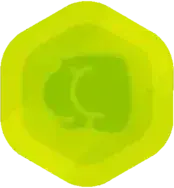






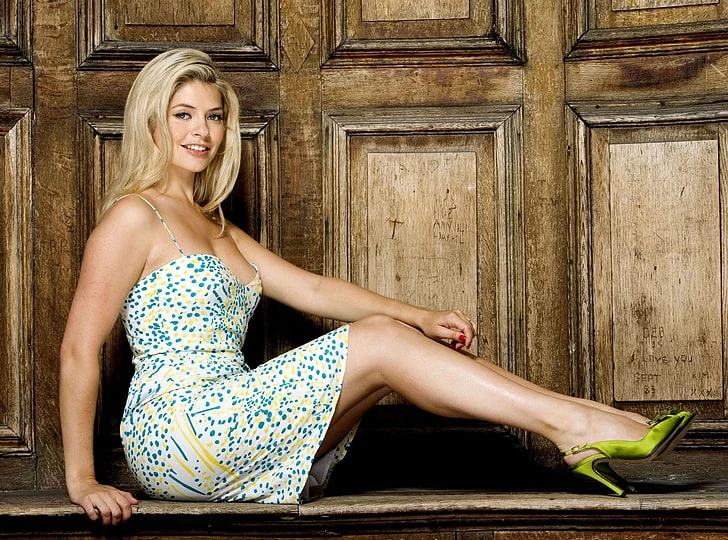
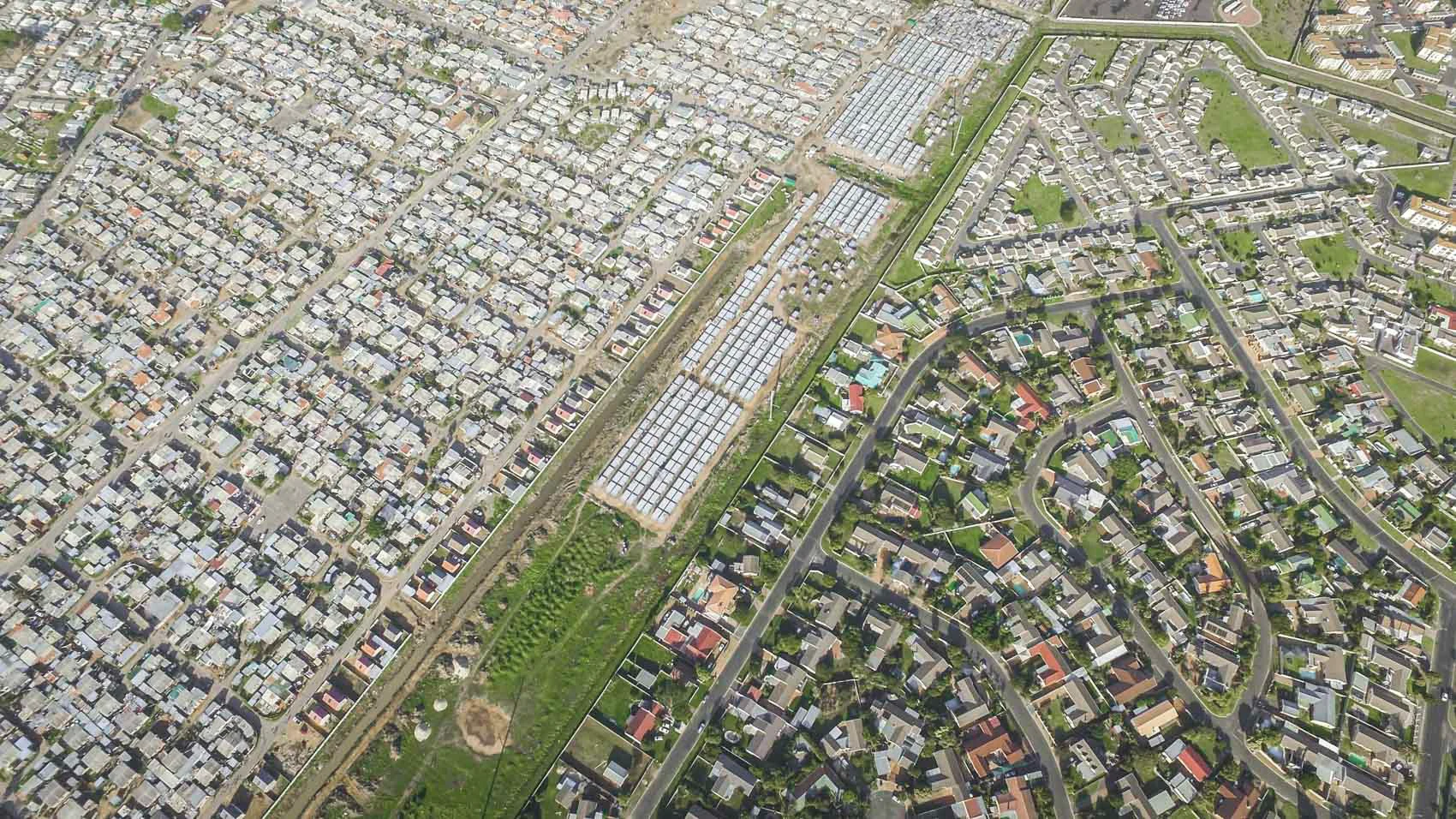
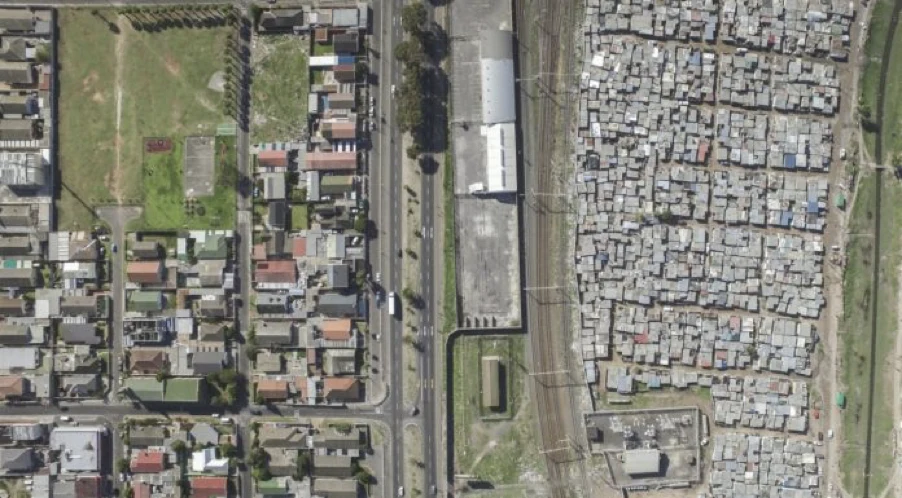




Jump in the discussion.
No email address required.
!metashit the two most prolific nonsense-posters are both South african
Am I to notice some pattern here?
Jump in the discussion.
No email address required.
neither can define brevity in 10000 words or less
Jump in the discussion.
No email address required.
More options
Context
A manlet
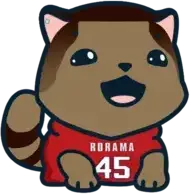 obssessed with mid white woman and blogposting
obssessed with mid white woman and blogposting
An
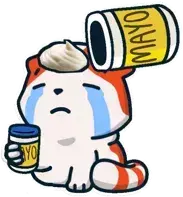 who serious posts about anything
who serious posts about anything
Jump in the discussion.
No email address required.
More options
Context
one bipoc and one mayo
one incel and one
Jump in the discussion.
No email address required.
More options
Context
Jump in the discussion.
No email address required.
More options
Context
STFU you annoying oven fuel. Kaamrev has interesting long posts, unlike sneeds meandering benzo shit
Jump in the discussion.
No email address required.
No he doesn't
Jump in the discussion.
No email address required.
More options
Context
More options
Context
More options
Context